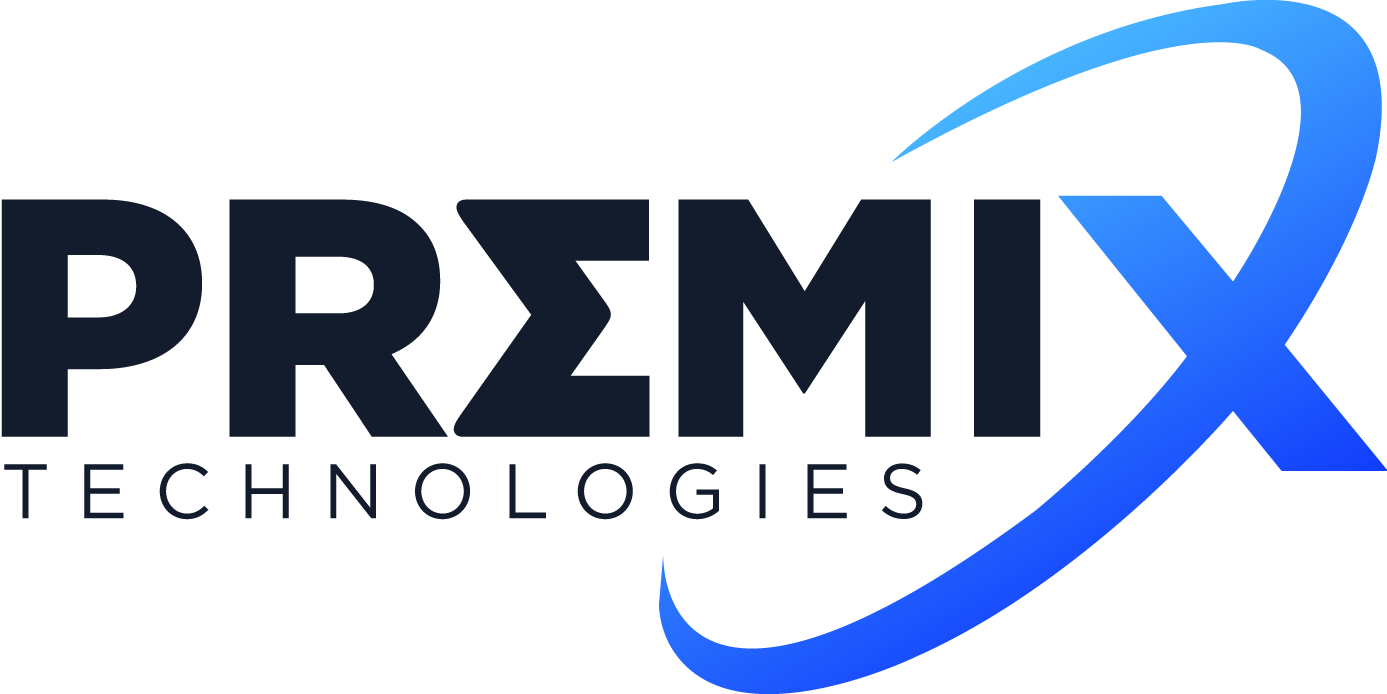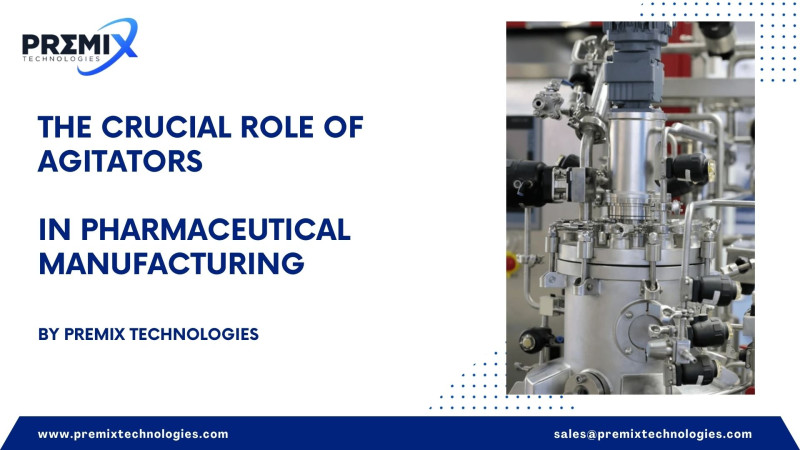The Crucial Role of Agitators in Pharmaceutical Manufacturing
Published on August 10, 2024
Table of Contents
- Introduction
- Agitators in Tablet and Capsule Production
- Agitators in Syrups and Liquid Medications
- Agitators in Creams and Ointments
- Conclusion
- Frequently Asked Questions (FAQs)
Introduction
In the dynamic world of pharmaceutical manufacturing, ensuring product consistency, efficacy, and safety is paramount. One of the unsung heroes in achieving these goals is the agitator. Agitators play a pivotal role in various stages of pharmaceutical production, from mixing active ingredients to ensuring homogeneity in the final product. This blog delves deep into the significance of agitators in the production of tablets, capsules, syrups, liquid medications, creams, and ointments.
Agitators in Tablet and Capsule Production
The Granulation Process
Before tablets and capsules reach consumers, they undergo a meticulous granulation process. Granulation transforms fine powders into free-flowing granules, enhancing compressibility and ensuring uniform distribution of active pharmaceutical ingredients (APIs).
Key Chemicals Involved:
- Active Pharmaceutical Ingredients (APIs): The primary therapeutic agents.
- Binders (e.g., Starch): Substances that promote adhesion of powder particles.
- Excipients: Inactive substances that serve as the vehicle for APIs.
Anchor Agitators: Ensuring Uniformity
To achieve a consistent blend, anchor agitators are employed. Their unique design ensures that powders are mixed uniformly, preventing segregation of ingredients.
Benefits of Anchor Agitators:
- Efficient Mixing: Their sweeping motion covers the entire vessel, ensuring all particles are incorporated.
- Preventing Dead Zones: Their design minimizes areas where materials might stagnate.
- Scalability: Suitable for both small-scale and large-scale production.
Agitators in Syrups and Liquid Medications
Suspension and Solution Preparation
Syrups and liquid medications require precise suspension and solution preparation to ensure that active ingredients are evenly dispersed, providing accurate dosing in each administration.
Key Chemicals Involved:
- Sugars (Sucrose): Serve as sweetening agents and increase viscosity.
- Active Ingredients: Therapeutic compounds.
- Preservatives (e.g., Sodium Benzoate): Prevent microbial growth.
Magnetic Stirrers and Propeller Agitators
To achieve a homogeneous mixture, magnetic stirrers and propeller agitators are commonly used.
Magnetic Stirrers:
- Ideal for Small Volumes: Suitable for lab-scale preparations.
- Gentle Mixing: Prevents foaming and air entrapment.
Propeller Agitators:
- High-Speed Mixing: Ensures rapid and even distribution of solids in liquids.
- Versatility: Effective for a range of viscosities.
Agitators in Creams and Ointments
The Emulsification Process
Creams and ointments are often emulsions, combining oil and water phases. The emulsification process ensures these phases blend seamlessly, resulting in a stable product with the desired consistency.
Key Chemicals Involved:
- Emulsifying Agents (e.g., Cetyl Alcohol): Stabilize the emulsion.
- Oils (Mineral Oil): Provide the oily phase.
- Water: Constitutes the aqueous phase.
- Active Ingredients: Therapeutic compounds.
Paddle Agitators and Ribbon Blenders
To facilitate effective emulsification, paddle agitators and ribbon blenders are employed.
Paddle Agitators:
- Gentle Mixing: Suitable for sensitive formulations.
- Efficient Heat Transfer: Essential during processes requiring temperature control.
Ribbon Blenders:
- Thorough Mixing: Their helical ribbons ensure materials are continuously moved both radially and laterally.
- Versatility: Effective for both dry and wet mixing.
Conclusion
Agitators are indispensable in the pharmaceutical industry, ensuring product quality, consistency, and safety. From the granular precision required in tablet production to the delicate emulsions in creams, the right agitator can make all the difference. As pharmaceutical technologies advance, the role of agitators will continue to evolve, solidifying their position as critical components in drug manufacturing.
Frequently Asked Questions (FAQs)
-
Why are agitators essential in pharmaceutical manufacturing?
Agitators ensure uniform mixing of ingredients, vital for product consistency, efficacy, and safety.
-
How do I choose the right agitator for a specific pharmaceutical process?
The choice depends on factors like the nature of the materials (viscosity, sensitivity), volume, and specific process requirements.
-
Can a single type of agitator be used for all pharmaceutical applications?
No. Different processes and formulations require specific agitator designs to achieve optimal results.
-
How do agitators ensure the stability of emulsions in creams and ointments?
By providing consistent and controlled mixing, agitators help in the even distribution of oil and water phases, stabilized by emulsifying agents.
-
Are there advancements in agitator technology for pharmaceuticals?
Yes. Innovations focus on improved efficiency, reduced contamination risks, and enhanced scalability.
Inquiry Now on www.premixtechnologies.com


